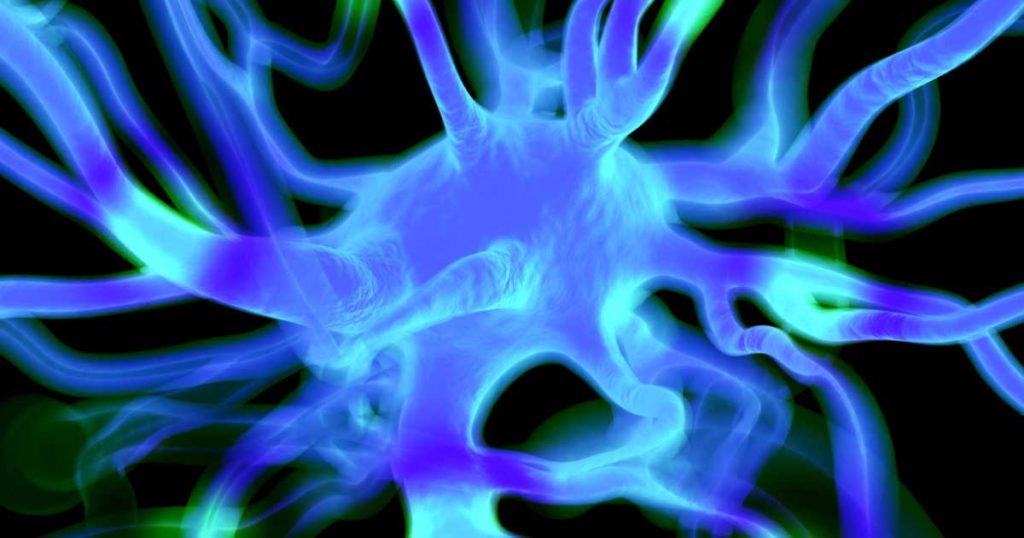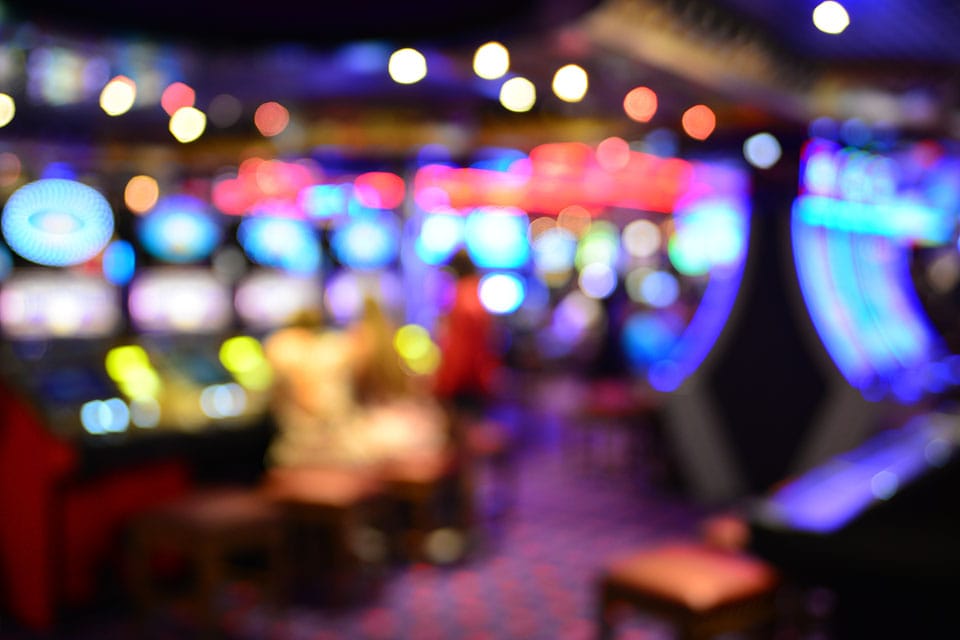One-third of people with major depression don’t experience relief from their symptoms even after trying multiple medications and therapies. Many get discouraged, some lose hope that they’ll ever feel better. But a novel treatment, repetitive transcranial magnetic stimulation (rTMS), is bringing new hope to those with treatment-resistant depression.
What Is rTMS?
rTMS is a form of non-invasive brain stimulation therapy that uses an external magnet to stimulate certain areas of the brain. In 2008, the U.S. Food and Drug Administration approved rTMS as a treatment for depression because it has proven effective for people who have not experienced improvement with other, more traditional therapies such as antidepressant medications and psychotherapy. “For treatment of resistant depression when there has only been incomplete response to medication and therapy, rTMS is a very important addition to the therapeutic armamentarium for serious depression,” says Paul Ragan, MD, medical director of The Ranch treatment center in Tennessee. Of the estimated 120 million people worldwide who are affected by clinical depression, 20% to 40% are resistant to pharmacological antidepressants, and another 30% show poor response to these medications. It has been found that rTMS therapy used in combination with medications and other therapies can help achieve better results. “Though it is not a standalone panacea, we find that rTMS goes very well hand in hand with antidepressants and therapy,” says Dr. Ragan. According to a 2014 review of data published in the Journal of Clinical Psychiatry, people with major depression who received rTMS were five times more likely to have remission of their symptoms than people who didn’t receive this type of therapy.
How rTMS Treatment Works
For rTMS therapy sessions, the patient typically relaxes in a reclining chair for 30-60 minutes while an instrument that holds an electromagnetic coil is placed against the head near the area of the prefrontal cortex, which is the part of the brain that regulates mood. The coil passes magnetic pulses to this area of the brain, stimulating or activating natural electrical currents within the brain cells associated with mood, including anxiety and depression. rTMS is a non-invasive option that can provide the same effectiveness as electro convulsive therapy (ECT), also known as electro-shock therapy, says Dr. Ragan. “Potentially, rTMS has the same effectiveness as ECT without requiring sedation and without the memory and cognitive side effects. rTMS therapy is very tolerable and easy to take. Also, rTMS is a somatic therapy that can target specific brain regions, whereas ECT affects the entire brain, including structures that don’t’ need to be affected,” he says. The aim of rTMS is to reset brainwave frequencies to “normal” levels, thereby alleviating symptoms of depression. Most patients can comfortably read or watch a movie during rTMS therapy.
Deciding if rTMS Is Right for You
Generally speaking, the people who are most likely to benefit from rTMS are those with depressive disorders who can safely undergo magnetic stimulation, don’t experience benefit from antidepressant medication and psychotherapy, and are not otherwise resistant to therapy. This treatment choice can also be an option for patients who are looking for a drug-free therapy for clinical depression.



